Transcription of Some Models for Estimating Technical and Scale ...
1 Models for Estimating Technical and Scale inefficiencies in data envelopment AnalysisAuthor(s): R. D. Banker, A. Charnes, W. W. CooperSource: Management Science, Vol. 30, No. 9 (Sep., 1984), pp. 1078-1092 Published by: INFORMSS table URL: : 22/08/2008 13:55 Your use of the JSTOR archive indicates your acceptance of JSTOR's Terms and Conditions of Use, available JSTOR's Terms and Conditions of Use provides, in part, that unlessyou have obtained prior permission, you may not download an entire issue of a journal or multiple copies of articles, and youmay use content in the JSTOR archive only for your personal, non-commercial contact the publisher regarding any further use of this work. Publisher contact information may be obtained copy of any part of a JSTOR transmission must contain the same copyright notice that appears on the screen or printedpage of such is a not-for-profit organization founded in 1995 to build trusted digital archives for scholarship.
2 We work with thescholarly community to preserve their work and the materials they rely upon, and to build a common research platform thatpromotes the discovery and use of these resources. For more information about JSTOR, please contact SCIENCE Vol. 30, No. 9, September 1984 Printed in SOME Models FOR Estimating Technical AND Scale inefficiencies IN data envelopment ANALYSIS* R. D. BANKER, A. CHARNES AND W. W. COOPER School of Urban and Public Affairs, Carnegie-Mellon University, Pittsburgh, Pennsylvania 15213 Graduate School of Business, University of Texas, Austin, Texas 78712 In management contexts, mathematical programming is usually used to evaluate a collec- tion of possible alternative courses of action en route to selecting one which is best. In this capacity, mathematical programming serves as a planning aid to management.
3 data Envelop- ment Analysis reverses this role and employs mathematical programming to obtain ex post facto evaluations of the relative efficiency of management accomplishments, however they may have been planned or executed. Mathematical programming is thereby extended for use as a tool for control and evaluation of past accomplishments as well as a tool to aid in planning future activities. The CCR ratio form introduced by Charnes, Cooper and Rhodes, as part of their data envelopment Analysis approach, comprehends both Technical and Scale inefficien- cies via the optimal value of the ratio form, as obtained directly from the data without requiring a priori specification of weights and/or explicit delineation of assumed functional forms of relations between inputs and outputs. A separation into Technical and Scale efficien- cies is accomplished by the methods developed in this paper without altering the latter conditions for use of DEA directly on observational data .
4 Technical inefficiencies are identified with failures to achieve best possible output levels and/or usage of excessive amounts of inputs. Methods for identifying and correcting the magnitudes of these inefficien- cies, as supplied in prior work, are illustrated. In the present paper, a new separate variable is introduced which makes it possible to determine whether operations were conducted in regions of increasing, constant or decreasing returns to Scale (in multiple input and multiple output situations). The results are discussed and related not only to classical (single output) econom- ics but also to more modern versions of economics which are identified with "contestable market theories." (EFFICIENCY; Technical INEFFICIENCY; RETURNS TO Scale ; MATHEMATI- CAL PROGRAMMING; LINEAR PROGRAMMING) 1.
5 Background Charnes, Cooper and Rhodes (CCR) (1978a, 1979) introduced a ratio definition of efficiency, also called the CCR ratio definition, which generalizes the single-output to single-input classical engineering-science ratio definition to multiple outputs and inputs without requiring preassigned weights. This is done via the extremal principle incorporated in the following model: s2=rYO iUrYrj maxh =h subject to 1 > , j = 1, .., n, with (1) Ur, Vi > O,1 ..= . m; r s. Here the yrj, xii > 0 represent output and input data for decision making unit (DMU) j *Accepted by Arie Y. Lewin; received December 11, 1981. This paper has been with the authors 42 months for 2 revisions. 'See Charnes, Cooper, Lewin, Morey, and Rousseau for an exact non-Archimedean expression of this "positivity" with necessary algebraic closure.
6 1078 0025-1 909/84/3009/ 1 078$O l .25 Copyright ? 1984, The Institute of Management Sciences inefficiencies IN data envelopment ANALYSIS 1079 Output y Y y Xi Production function y3 p ? X2 x1=X3 Input FIGURE 1 with the ranges for i, r and j indicated in (1). The data may be in the form of theoretically prescribed values or they may be in the form of observations. The unit to be rated is included in the functional with an index 0 as well as in the constraints, with the latter ensuring that an optimal ho = maxho will always satisfy 0 < ho < 1 with optimal solution values u,*, v* > 0. The main uses of these ideas have been in evaluations of "management" and "program" efficiencies2 of decision making units (DMUs) of a not-for-profit variety such as schools,3 hospitals,4 etc. The ability to deal directly with multiple outputs and inputs forms one part of the appeal offered by these Models and methods for uses such as these.
7 Another part of its appeal comes from the development in Charnes, Cooper and Rhodes (1978a) which showed how the theory of fractional programming, as provided in Charnes and Cooper (1962), could be used to obtain access to a linear programming equivalent. This, in turn, yields an implementable form for securing solutions to (1) and it also yields a variety of duality relations for interpreting and utilizing the resulting u*, v*" > 0. Strong (and sharp) theoretical underpinnings as in physics and engineering are not available in applications such as we are considering. These must be replaced by weaker support-such as can be obtained from other disciplines like economics. It is, in fact, one purpose of the present paper to sharpen some of the latter contacts, but even after this has been accomplished, one must generally be satisfied with weaker results.
8 For instance, one must be satisfied with a measure of only relative efficiency based on the available observations without recourse to what a stronger theory might provide. We now try to clarify what has already been covered by reference to the illustration in Figure 1. Here we have portrayed the situation to be considered in terms of a single output, in amounts, y, and a single input, in amounts x. Three decision making units are to be rated for managerial efficiency. The production function represents the maximum output that can be produced for any specified input. The DMUs associated with P2 and PI both achieve the maximum possible outputs for their input levels, while the DMU associated with P3 falls short of the output level which is attainable from its x3 input value. To evaluate the efficiency of PI, we utilize (1), which, for this one output-one input 2 See Charnes, Cooper and Rhodes (1981), for further discussion of differences in "management" and "program" efficiency.
9 3 See Bessent, Bessent, Kennington and Reagan (1982). 4 See D. Sherman (1982) which also contains an interesting comparison that highlights deficiencies of statistical regressions (including translog and Cobb-Douglas regressions) and econometric estimation and similar approaches that have been addressed to these multiple output situations in the past. 1080 R. D. BANKER, A. CHARNES AND W. W. COOPER case, becomes: max ho = subject to vx1 (2) 1 > uyl/vxl, 1 > Uy2/VX2, 1 > uy3/vx3, U,V > O, where xi, yi represent the input and output coordinates of the DMU associated with Pi, i = 1, 2, 3. The ray from the origin tangential to the production function at PI, lies above the ray through P2 and P3. This means that the DMU associated with P1 is efficient and the other two are not. In fact, we have u*y /v*xI = 1 with also ( ) U*Y21V*X2 = U*y3/V*X3 < 1.
10 ( ) This result is readily verified for this very simple case in which we evidently have yI/xI > y2/x2 = y3/x3. ( ) See Figure 1. Thus for all u*, v* > 0 we also have the equality portrayed in ( ) and the other conditions in ( ) and ( ) are necessary if u*, v* are optimizing solutions to (2). This results in a characterization of the DMUs associated with P2 and P3 as being "equally inefficient" relative to the DMU associated with PI. This characterization may be satisfactory in some cases. In other cases we may want to "fine tune" the developments in Charnes, Cooper and Rhodes (1978a) so that we can locate differ- ences such as are portrayed in the P2 and P3 situations. Normally, of course, we will not have knowledge of the production functions but we can at least make a start toward this "fine tuning" to the extent that observational data may It is toward this end that we shall direct our proposed contacts with economics even while recognizing that the concepts and definitions of theoretical economics as formulated for applications to private sector market behavior may not always be best suited for management science (and related) applications in the not-for-profit sectors.
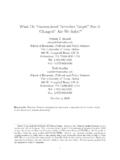

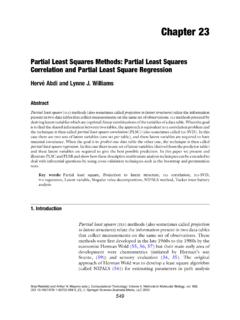
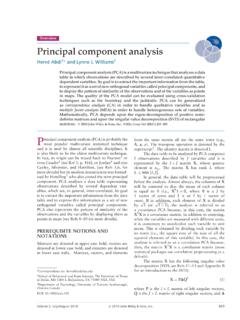
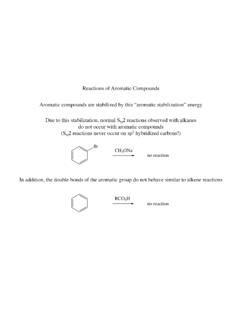
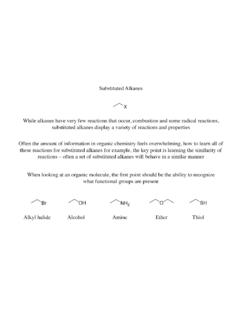
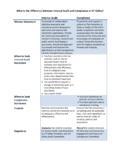
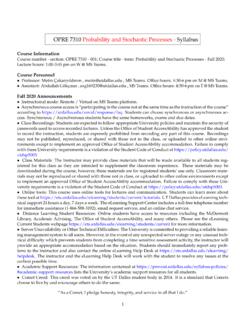
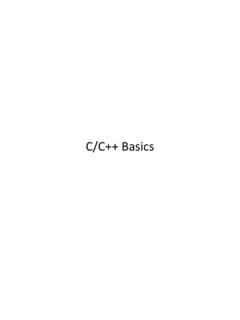


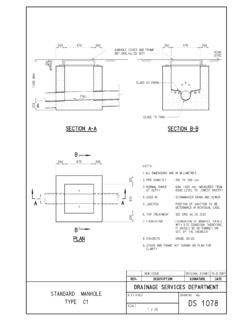
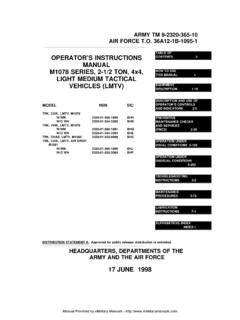

![arXiv:1406.1078v3 [cs.CL] 3 Sep 2014](/cache/no-preview.jpg)
